


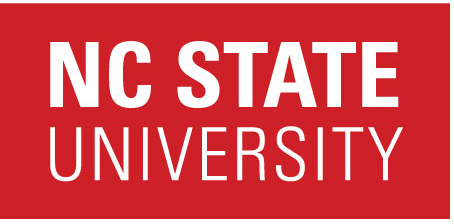
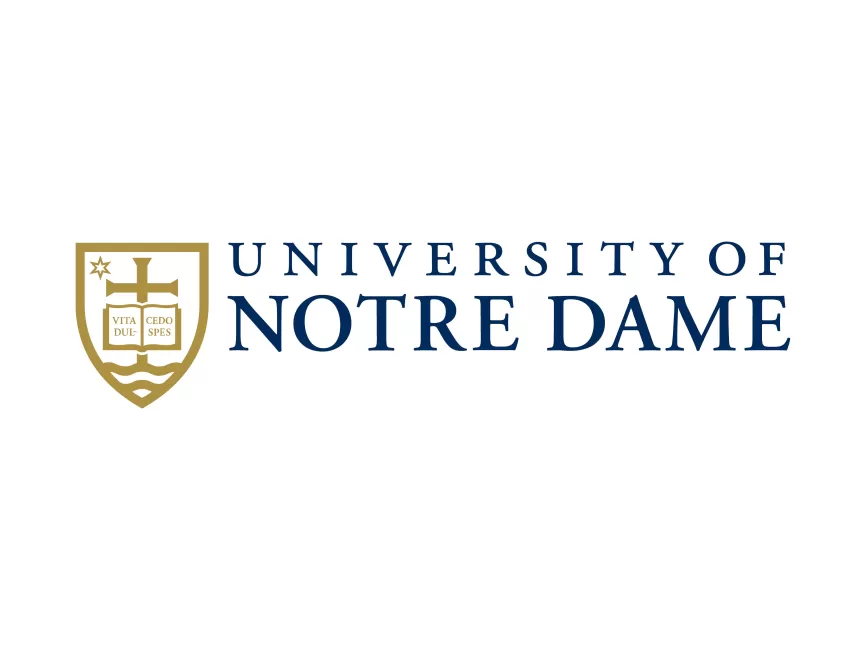
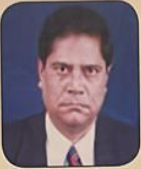
Shri S.K. Ray, Distinguished Scientist (Retd) & Former Director, Research Centre lmarat (RCI) has more than four decades of immense expertise in Missile Control and Guidance Design and has made pioneering contributions to Indian Missile programmes. His sustained efforts paved the way for indigenous design and development of advanced weapon systems and Avionics technologies. His in-depth knowledge of Systems,Mission Computers,Control Actuation technologies and Power systems have been transformative for conceptualisation and successful demonstration of Prithvi,Agni series of Missiles, Akash and other advanced strategic and tactical missile. His phenomenal R&D contributions paved the way for in-house development of state-of -the-art technologies and bolstered the self-reliance in mission critical avionics systems.
In recognition of his distinguished life time contributions to Missiles and Aerospace Systems, the DRDO Life Time Achievement Award 2019 is conferred on Shri S.K. Ray.
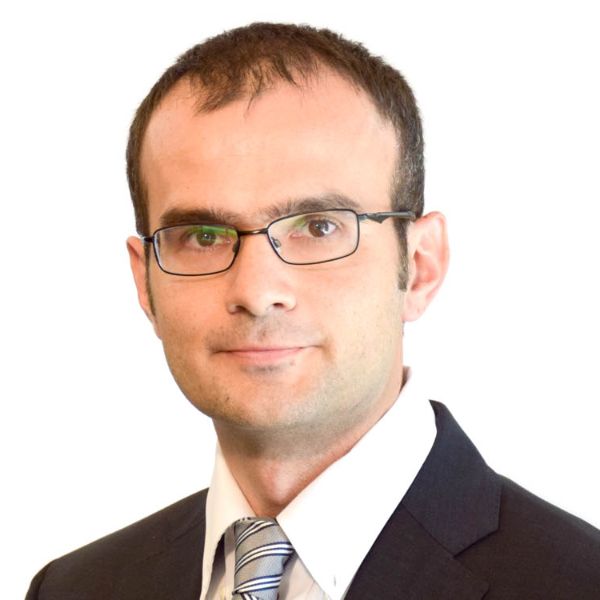
Ismail Guvenc is a Professor at the Department of Electrical and Computer Engineering at NC State University. His recent research interests include 5G/6G wireless networks, UAV communications, millimeter/terahertz communications, and heterogeneous networks. He has published more than 300 conference/journal papers and book chapters, several standardization contributions, four books, and over 30 U.S. patents. Dr. Guvenc is the PI and the director for the NSF AERPAW project and a site director for the NSF BWAC I/UCRC center. He is an IEEE Fellow, a senior member of the National Academy of Inventors, and a recipient of several awards, including the NC State Alcoa Distinguished Engineering Research Award (2023), University Faculty Scholar Award (2021), R. Ray Bennett Faculty Fellow Award (2019), FIU COE Faculty Research Award (2016), NSF CAREER Award (2015), Ralph E. Powe Junior Faculty Award (2014), and USF Outstanding Dissertation Award (2006).
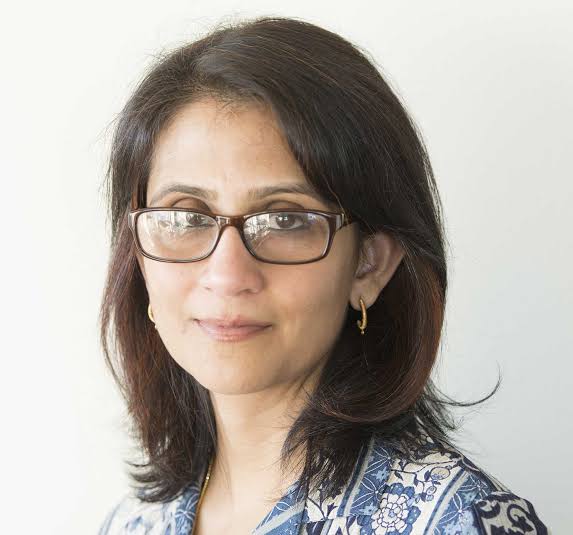
Monisha Ghosh is a Professor of Electrical Engineering at the University of Notre Dame and a member of the Notre Dame Wireless Institute. She is also the Policy Outreach Director for SpectrumX, the first NSF Center for Spectrum Innovation and the co-chair of the FCC’s Technological Advisory Council (TAC) Working Group on Advanced Spectrum Sharing. Her research interests are in the development of next generation wireless systems: cellular, Wi-Fi and IoT, with an emphasis on spectrum sharing and coexistence and applications of machine learning to improve network performance. Prior to joining the University of Notre Dame in 2022, she was the Chief Technology Officer at the Federal Communications Commission, a Program Director at the National Science Foundation, Research Professor at the University of Chicago and spent 24 years in industry research at Bell Labs, Philips Research and Interdigital working on a wide variety of wireless systems: HDTV, Wi-Fi, TV White Spaces and cellular. She obtained her B.Tech from IIT Kharagpur in 1986 and Ph.D. from USC in 1991. She is a Fellow of the IEEE.
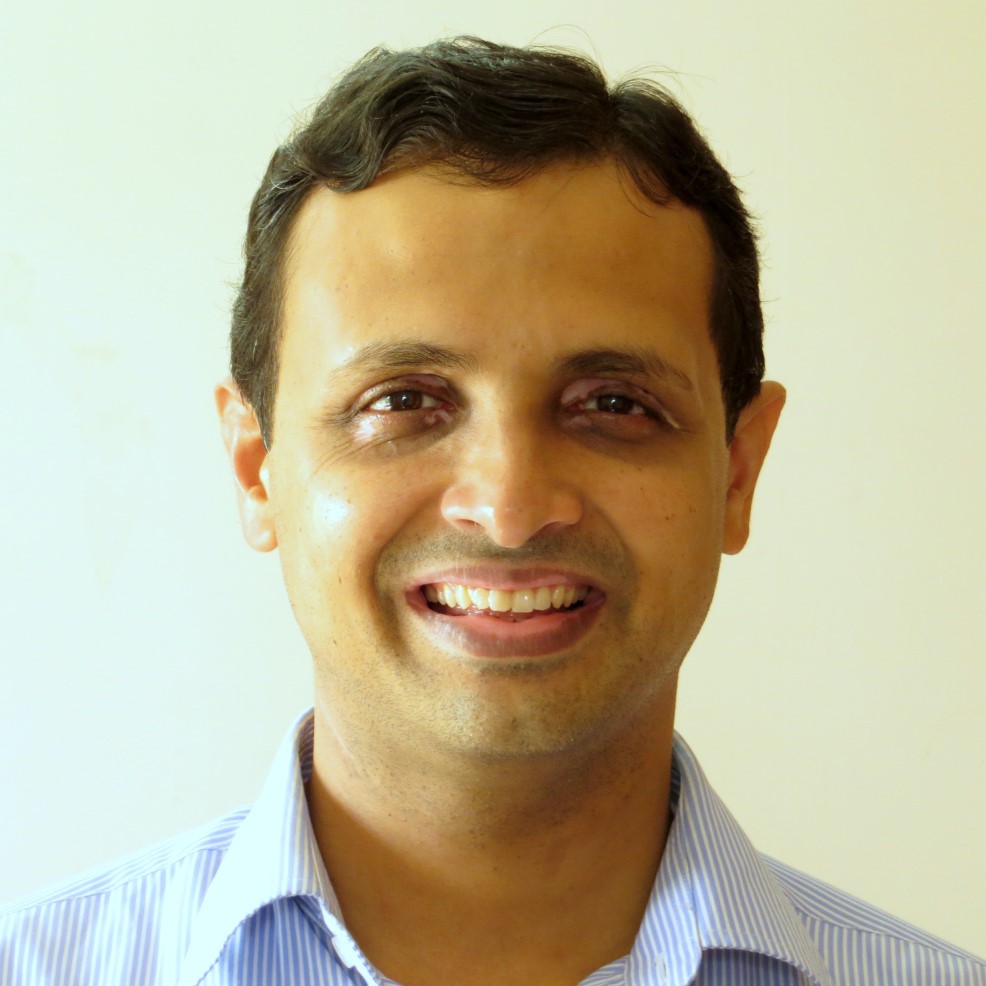

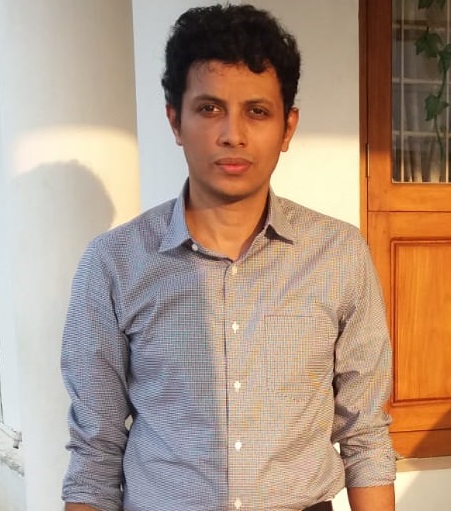
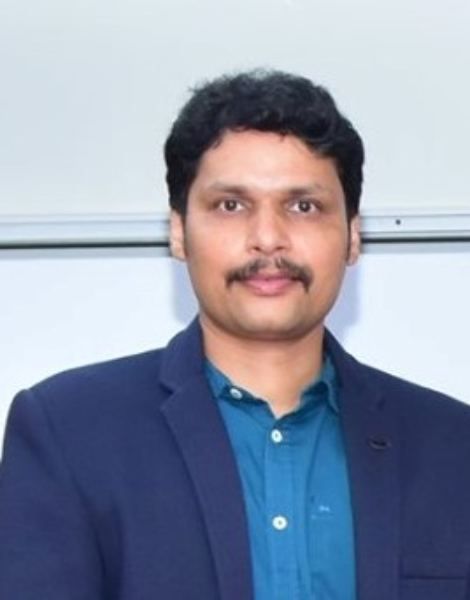
Dr. Ranga Srinivas Gunti is General Manager, Head – Talent Development at Tata Passenger Electric Mobility (TPEM), Tata Motors. He is responsible for creating Talent Development Strategies, frame-works and processes for capability building pertaining to e-mobility. He received his Ph.D. from IISc Bangalore, Centre for Product Design and Manufacturing and done post-graduation from IIT Kharagpur. In the past he worked for various Automotive, Farm and Marine industries and has over 21 years of Research & Product Development experience. Delivered various High- Impact Business Projects pertaining to Auto and Farm Product Development. His research areas include Computer Aided Engineering (CAE) in Product Design, Data Science in Product Design (Automotive Product Development), Multi-disciplinary Design Optimization (MDO), Automotive Systems Engineering, Automotive Safety and Impact Engineering, Cyber-security, IC Engines, Electric Vehicles and Bio-Medical Implants. His work presented in Public Domain include - 42 peer reviewed journal/technical papers (in SAE, ASME, IMechE, Taylor and Francis, Elsevier, and Begell House publications), 12 international conference publications, 6 Book Chapters, Two US Patents and 100+ Invited Talks.He received more than 7 best performer awards and a patent award for his contribution in the areas of new Product Design and Development. In his previous roles, he was responsible for developing various vehicle and powertrain systems and sub-systems (Vehicle Level CAE Analysis for lightweighting and design optimization, development of engine ratings, design and development of gear-train and combustion systems) for Automotive, Farm and Marine applications. In the past, he was responsible for developing Frameworks, Technical Case Studies on Product Development, Processes for Functional Capability Building and Assessments (Auto, Farm and Powertrain) at Mahindra Research Valley. Presently, in-addition to his current role at Tata Motors, he also teaches Industry Specific Case Studies on Data Science and AI applied to Mobility Engineering@Virginia Tech India - Adjunct Faculty (Honorary). He is currently guiding few Ph.D and MSc - Research Students (IIT Madras) in the areas of Automotive Lightweighting and Data Science applied to Product Development.
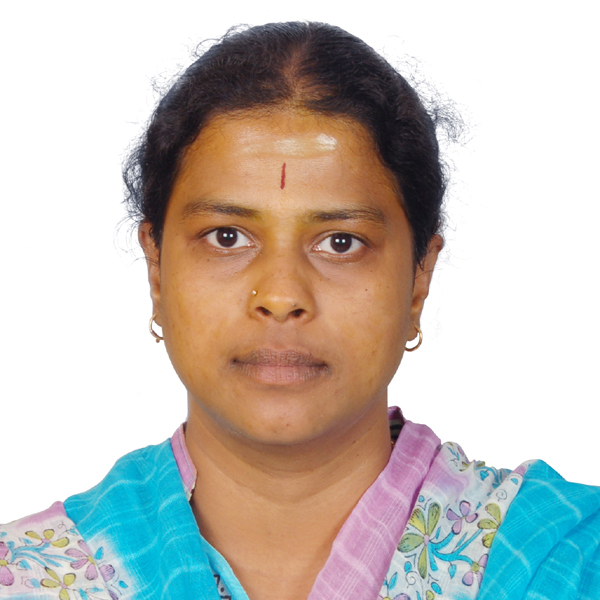
Dr. P Rajalakshmi, is Professor in the Department of Electrical Engineering, IIT Hyderabad, which she joined in 2009. Her research is in the area of Drone based sensing, wireless communications, Internet of Things, Cyber Physical Systems targeting applications like agriculture, transportation – aerial and terrestrial, healthcare, environmental monitoring and smart buildings. She has been handling R&D projects as PI/co-PI, funded by industry and Government of India in these areas. She is also the Project Director of DST NMICPS Technology Innovation Hub on Autonomous Navigations Foundation (TiHAN) at IITH. Along with fundamental theoretical research in IoT/CPS about wireless communications, low- complex signal processing algorithms, sensor development, she also emphasize on translational research which involves development of minimum viable and user beneficial products. Out of her research activities, she has filed 10 patents, published over 30 Journals and 100 conference peer-reviewed papers. She is awarded Young Faculty Research Fellowship under Visvesvaraya PhD Programme starting January 2016 for a period of 5 years, ‘Digital Trail Blazer Award 2016’ by India Today at National Level and in Telangana state, best paper/poster Awards in reputed conference. She is a Member of CII Telangana Digital Transformation and IT Panel since August 2018. She is a mentor for Start-up company (SKIoT) incubated at IITH, founded by 2 PhD students from her lab.
